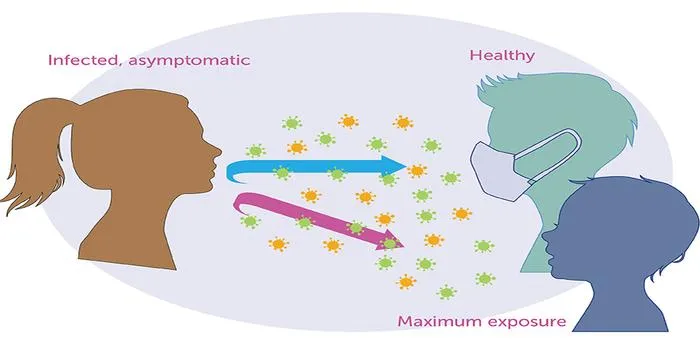- Home >
- Science
- > Innovation
Why Did Adult Humans Start Drinking Milk?
Adult humans started drinking milk due to a genetic mutation that allowed them to digest lactose, the sugar found in milk, beyond infancy. This mutation likely provided a nutritional advantage in early agricultural societies where dairy farming was prevalent, offering a reliable source of calories, protein, and essential nutrients. Over time, this ability to digest lactose became more widespread in populations with a history of dairy consumption, leading to the cultural and dietary integration of milk into adult diets.

The consumption of milk by adult humans is a fascinating topic that intertwines biology, culture, and history. While many mammals naturally cease milk consumption after weaning, humans have developed a unique relationship with milk, continuing to consume it into adulthood. This article explores the reasons behind this unusual behavior and the implications it has had on human evolution.
The Evolution of Lactase Persistence
One of the primary reasons adult humans began drinking milk is the genetic adaptation known as ''lactase persistence''. This trait allows individuals to continue producing lactase, the enzyme necessary to digest lactose, the sugar found in milk. In populations with a long history of dairy farming, such as those in Northern Europe, a mutation in the ''lactase gene'' became prevalent. This adaptation provided a significant advantage, enabling these populations to utilize milk as a resource even after childhood.
Historical Context of Dairy Farming
Dairy farming began around 10,000 years ago during the Neolithic Revolution. As humans transitioned from nomadic hunter-gatherer societies to settled agricultural communities, the domestication of animals like cows, goats, and sheep provided a stable source of food. Milk became a crucial nutrient source, especially in regions where crop yields were unreliable. The chart below summarizes the timeline of dairy farming and lactase persistence in various regions:
| Region | Approximate Start of Dairy Farming | Prevalence of Lactase Persistence (%) |
|---|---|---|
| Northern Europe | 8,000-10,000 years ago | 70-90% |
| East Africa | 4,000-6,000 years ago | 20-50% |
| Middle East | 8,500-10,000 years ago | 30-50% |
| East Asia | 3,000-5,000 years ago | 5-10% |
Nutritional Benefits of Milk
Another key factor in the adoption of milk consumption is its ''nutritional value''. Milk is rich in essential nutrients such as calcium, vitamin D, and protein, which are vital for bone health and overall growth. For early agricultural societies, milk provided a reliable source of these nutrients, particularly during times of food scarcity. The ability to consume milk meant that adults could supplement their diets and maintain better health, which in turn contributed to higher survival rates.
Cultural Significance of Milk Consumption
Beyond its nutritional advantages, milk has played a significant role in various cultures around the world. In many societies, milk and its derivatives (like cheese and yogurt) are integral to traditional diets. The practice of ''fermentation'' transformed milk into more digestible forms, allowing even those who were lactose intolerant to benefit from its nutrients. Cultures developed unique dairy products that are still celebrated today, showcasing the deep-rooted connection between milk and human civilization.
Modern-Day Consumption Trends
In today’s world, the consumption of milk varies significantly across different regions. In Western countries, milk is often consumed in large quantities, while in parts of Asia and Africa, lactose intolerance is more prevalent. This has led to an increase in the availability of lactose-free products and alternative milk sources, such as almond milk and soy milk. The chart below illustrates global milk consumption per capita:
| Region | Milk Consumption (liters per person per year) |
|---|---|
| United States | 90 |
| European Union | 80 |
| India | 70 |
| China | 30 |
| Sub-Saharan Africa | 20 |
Health Considerations and Lactose Intolerance
While milk offers numerous health benefits, it is essential to acknowledge the challenges posed by ''lactose intolerance''. Approximately 65% of the global population experiences some level of lactose intolerance, which can lead to discomfort when consuming traditional dairy products. As a result, the dairy industry has adapted by producing lactose-free options, enabling more people to enjoy the benefits of milk without adverse effects.
Conclusion
The journey of why adult humans started drinking milk is a remarkable intersection of evolution, culture, and nutrition. From the genetic adaptations that allowed populations to thrive on dairy to the diverse cultural practices surrounding milk consumption, the story of milk is both complex and compelling. As we continue to explore our dietary choices, understanding the historical significance of milk can help us appreciate its role in our diets today and in the future.












